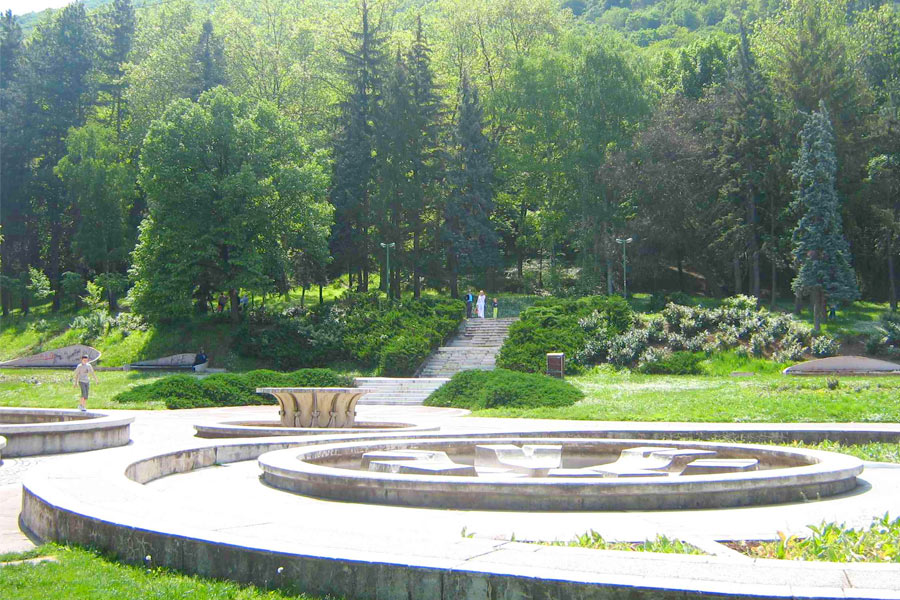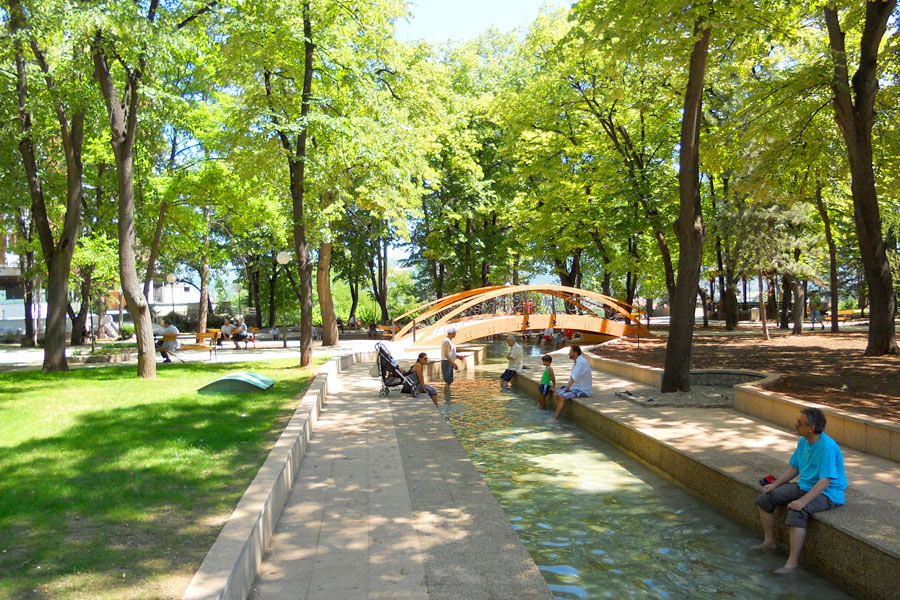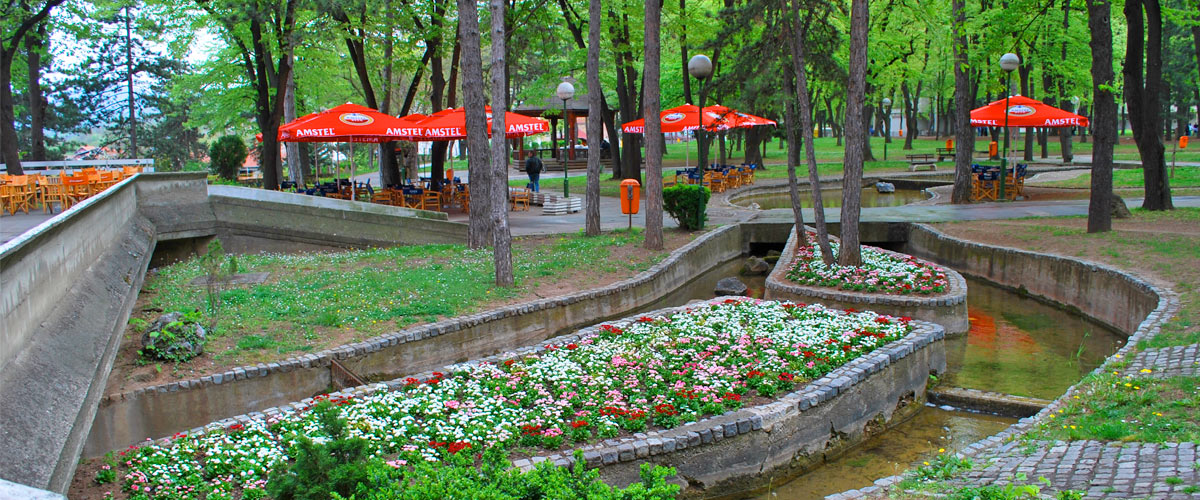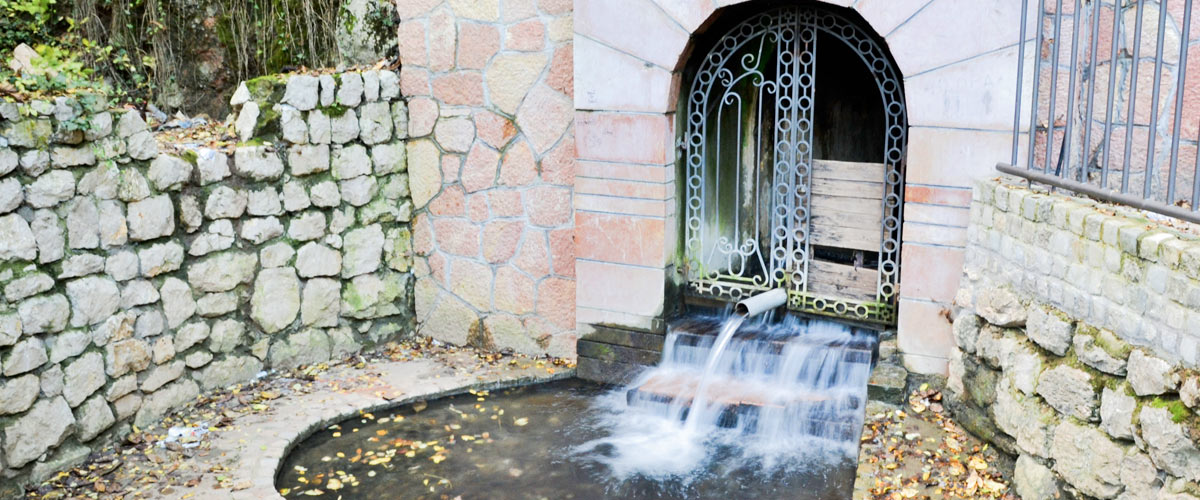Treatment and entertainment
NISHKA BANJA (medical SPA) is a resort known since the reign of the Roman emperor Constantine (306-307), the first ruler in Europe who converted to Christianity. He was born in the summer residence of Median, which was located near the healing springs. Since then, many people have visited this resort, a lot of things have changed, but the healing properties of the water have remained unchanged. It is a place of attractive harmony. Here you will find peace and tranquility, and in the nearest city Nis – entertainment and a varied cultural program.
Nature healing factors
Location: located 250 km from Belgrade and 10 km from the city Nis, at the bottom of Mount Koritnik, at an altitude of 250 m above sea level.
Climate: temperate continental with low rainfall, little cloudiness, lack of strong winds, plenty of sunny days (2000 hours a year).
Natural healing factors: two sources of thermal mineral waters, one with a temperature of 36°-39°C, the second source of cold water with a temperature of 17°C; therapeutic mud; radon gas.
Medical indications
Medical indications:
- diseases of the locomotor apparatus
- cardiovascular diseases
- post-traumatic states
- neurological disorders
- gynecological diseases
Institute “Nishka Banya” is a modern health and research institution in the field of rheumatology and cardiology; specialized restoration; physical medicine and orthopedics. This is the teaching base of the Faculty of Medicine of the University of Nis.
Sports and recreation complex “Rai” with three football pitches and a jogging track, basketball and volleyball courts, indoor pools, an outdoor Olympic pool, a sauna, a fitness center, a beauty salon, a solarium.
Medical indications
Treatment profile:
prevention, treatment and recovery of rheumatic and cardiovascular diseases. The institute has modern equipment for non-aggressive diagnosis, treatment and recovery of rheumatic and cardiovascular diseases, modern equipment for surgical treatment in the field of orthopedics:
- magnetic resonance scanner for the study of peripheral areas;
- ultrasound device for general examination of the heart;
- Doppler apparatus for measuring peripheral blood circulation;
- ergometer;
- 24-hour electro-cardio monitoring;
- round-the-clock blood pressure measurement;
- system of hemodynamic study of the cardiovascular system AVL;
- laboratories;
- Device for direct diagnosis of the heart – coronary angiography;
- x-ray, etc.





